The Best Mezcals, Sotols and Other Agave-Based Spirits
Celebrate Cinco de Mayo with these stellar bottles.

You know we love our mezcal here at Maxim, diving deep into the history of the sacred Zapotec spirit and tapping some of our favorite bartenders, shopkeepers and publicans to select their most coveted bottles. So every year around this time we settle down under the shade of a sprawling cactus with a couple cases full of mezcals, sotols, raicillas and other random agave-based spirits to find the very best of what’s coming to market.
Because while Espadín is by far the most common (about 74% of all mezcal) of the agaves used for this delicious spirit — gratefully, considering it’s the most easily farmed — we aim to find some bottles that defy expectation. Here’s a batch of current favorites to continue your journey of agave exploration: some very new, some well-established, some about to vanish into the spirit afterworld.
Vago Elote
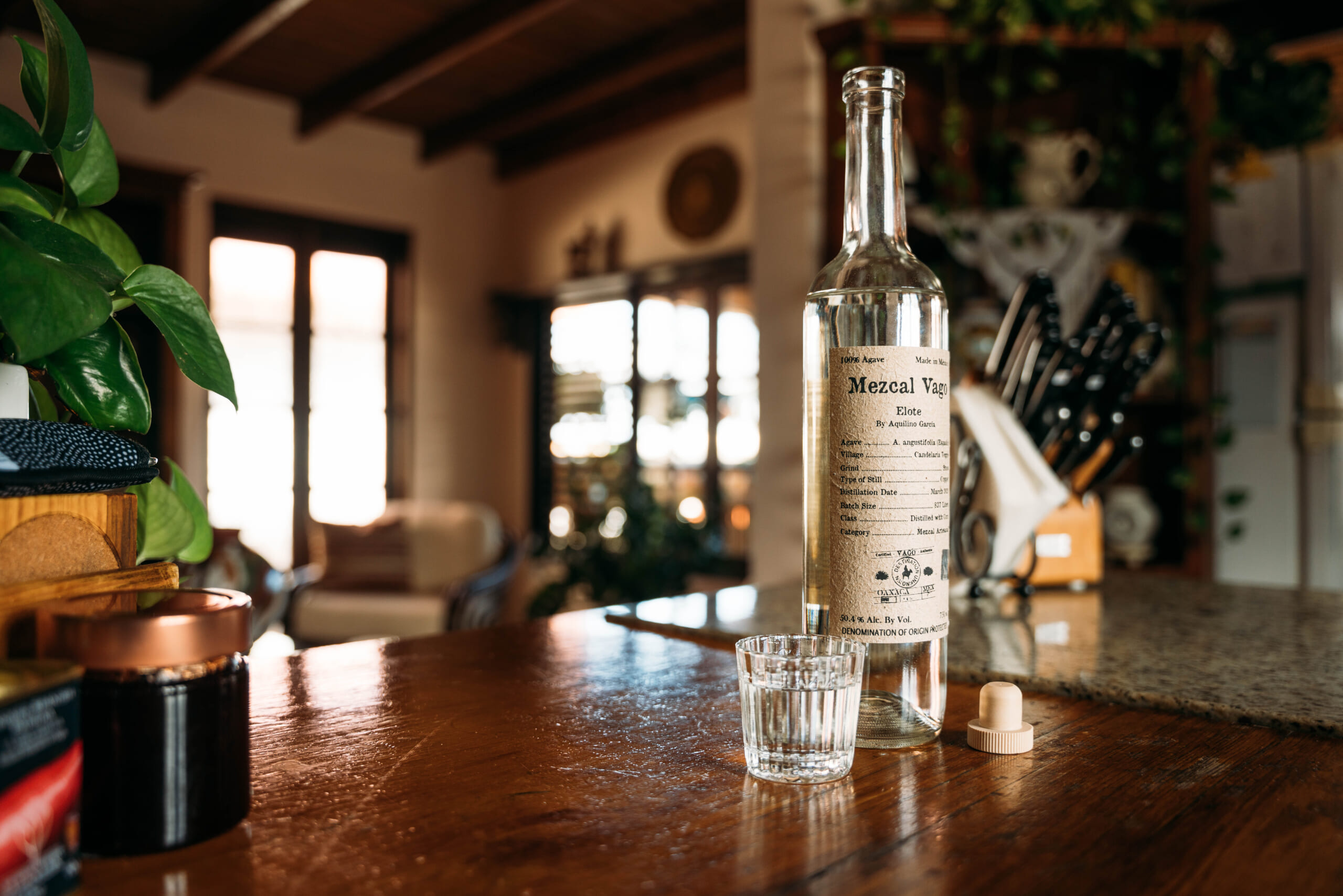
Vago makes some of the most consistently interesting mezcals across its portfolio. This weird Elote, courtesy of maestro Aquilino García López, takes a once-distilled Espadín mezcal and then adds dried corn toasted on a comal (the clay wood-fired pan you make tortillas on). The kernels are thrown into the still to infuse maize notes, and then López distills it a second time to craft a colorless joven mezcal with subtle hints of corn. $57
Origen Raiz Chacaleño
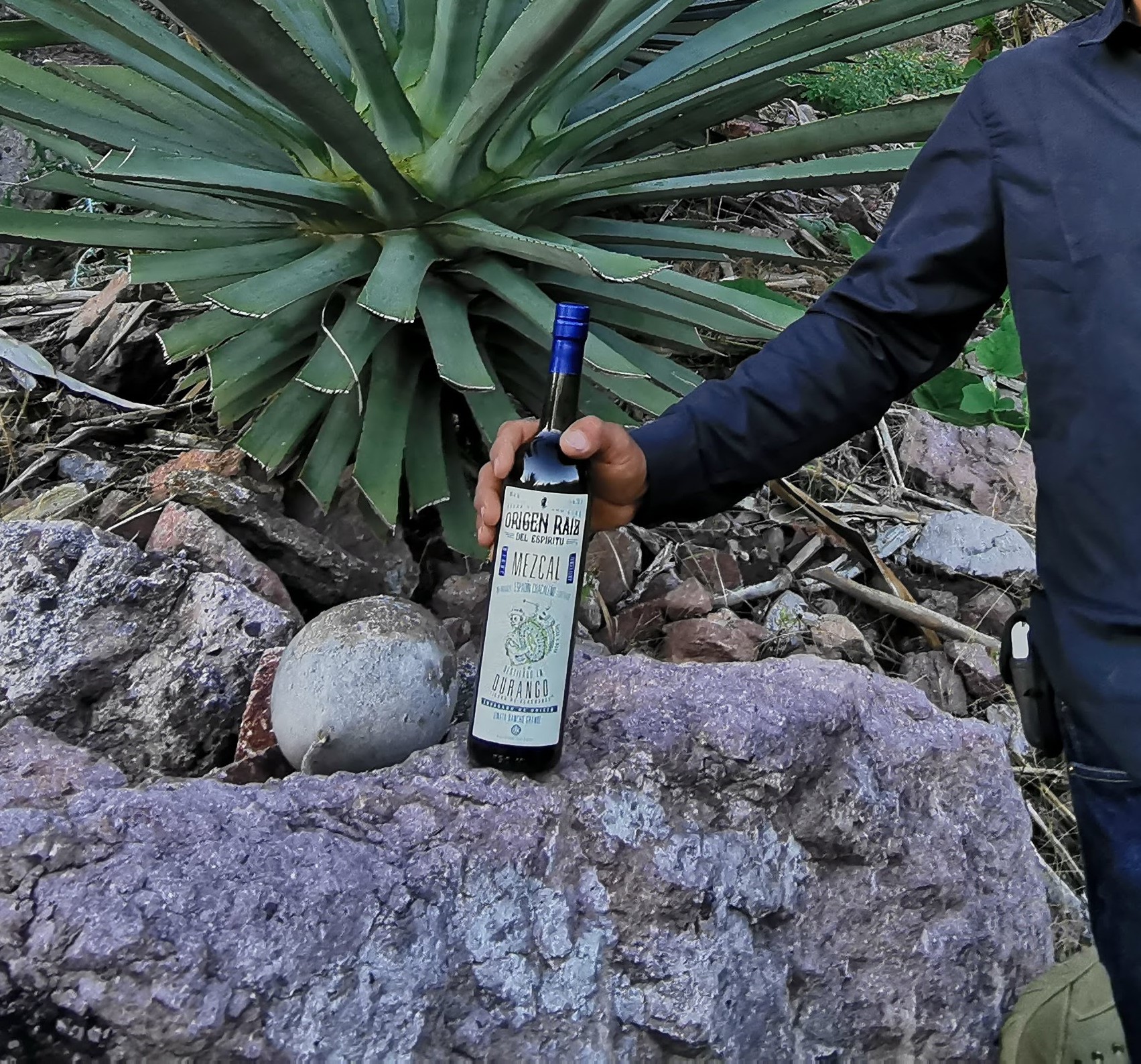
Origen Raiz was born when Oaxacan Asis Cortes (of the Casa de Cortes family of El Jolgorio and Nuestra Soledad fame) teamed up with university buddy Bildo Saravia — whose family owns a sprawling ranch in Durango — and they decided to launch their own brand. Origen Raiz makes several delicious expressions, but we find the Chacaleño — a rare type of Espadín endemic to the Las Quebradas mountains — the most interesting.
One of the oldest mezcalero families in this remote region, some 12 hours from Durango City, mezcalero Don Carlos Angulo Ríos planted Chacaleño across his terrain in order to allow his family to follow his tradition. This peculiar agave provides his mezcal a very unique terroir, making Origen Raiz the first and only 100% Puro Chacaleño in the US market. “Chacaleño is not just one type of mezcal, it’s a mezcal that actually talks about the culture,” Cortes tells us, “and represents all the spirit from these beautiful mountains in Durango.” $80
El Jolgorio Tepaztate Edition 23 and 24
One of Oaxaca’s most celebrated areas for mezcal production, San Luis del Rio, was shaken in January by the tragic news that one of its prime mezcaleros, Don Rafael Méndez Cruz, unexpectedly passed away. A beloved character in the region, his death cut the community deep in many ways.
The last batch of mezcal from Don Rafa’s hands was recently released in America as El Jolgorio Tepeztate, Edition 24 — that and his second-to-last batch Edition 23 are well worth seeking out (both are 2018 harvests). On a positive note Don Rafael will be featured in Sons of Mezcal, an upcoming documentary set for release this summer. Grab a bottle wherever you can find one, and if you’re a collector maybe stash one in your safe. $140
Gusto Histórico ‘Tepextate, Arroqueno, Madrecuixe y Cuixe,’ Victor Ramos
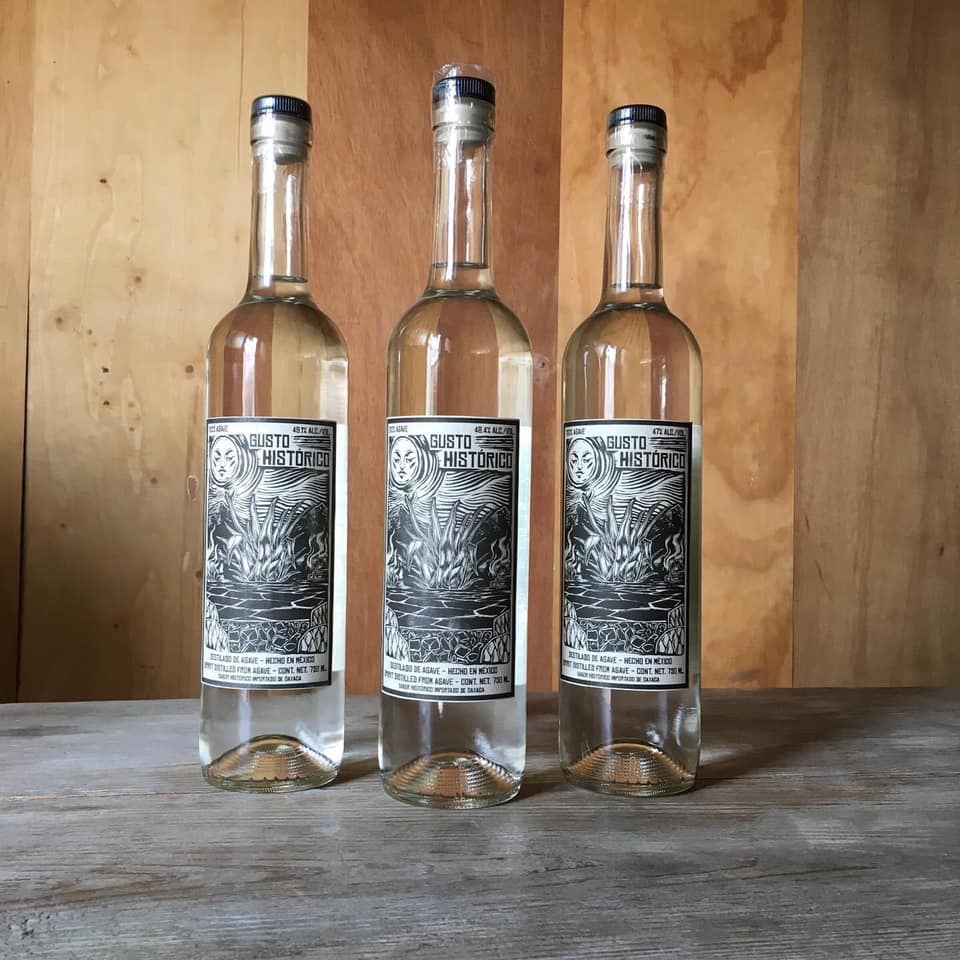
Mezcal from Miahuatlán has a very unique flavor due to the water, soil and practice of single distillation via refrescadera — a water-filled, stainless steel cylinder attached to the still that works as a condenser, cooling the upper end. This distilling technique is specific to this region of Oaxaca and allows double distillation in a single run, preserving more of the raw spirit’s flavors. Perfect for Marco Ochoa’s new Gusto Histórico (aka “Historico Taste”) label launched to highlight the unique particularities of each region’s mezcal.
He promises this project will be packed with super interesting ensambles, or blends of different agaves, as is traditionally enjoyed around Miahuatlán de Porfirio Díaz. This first 450-liter/49.10% ABV offering — using rare agaves like Tepextate, Arroqueno, Madrecuixe and Cuixe — was brewed by 57-year-old mezcalero Victor Ramos who already boasts almost a half-century working in traditional Mezcal production, cutting his teeth as a kid helping his grandfather and father Pablo. $86
Sombra Reposé
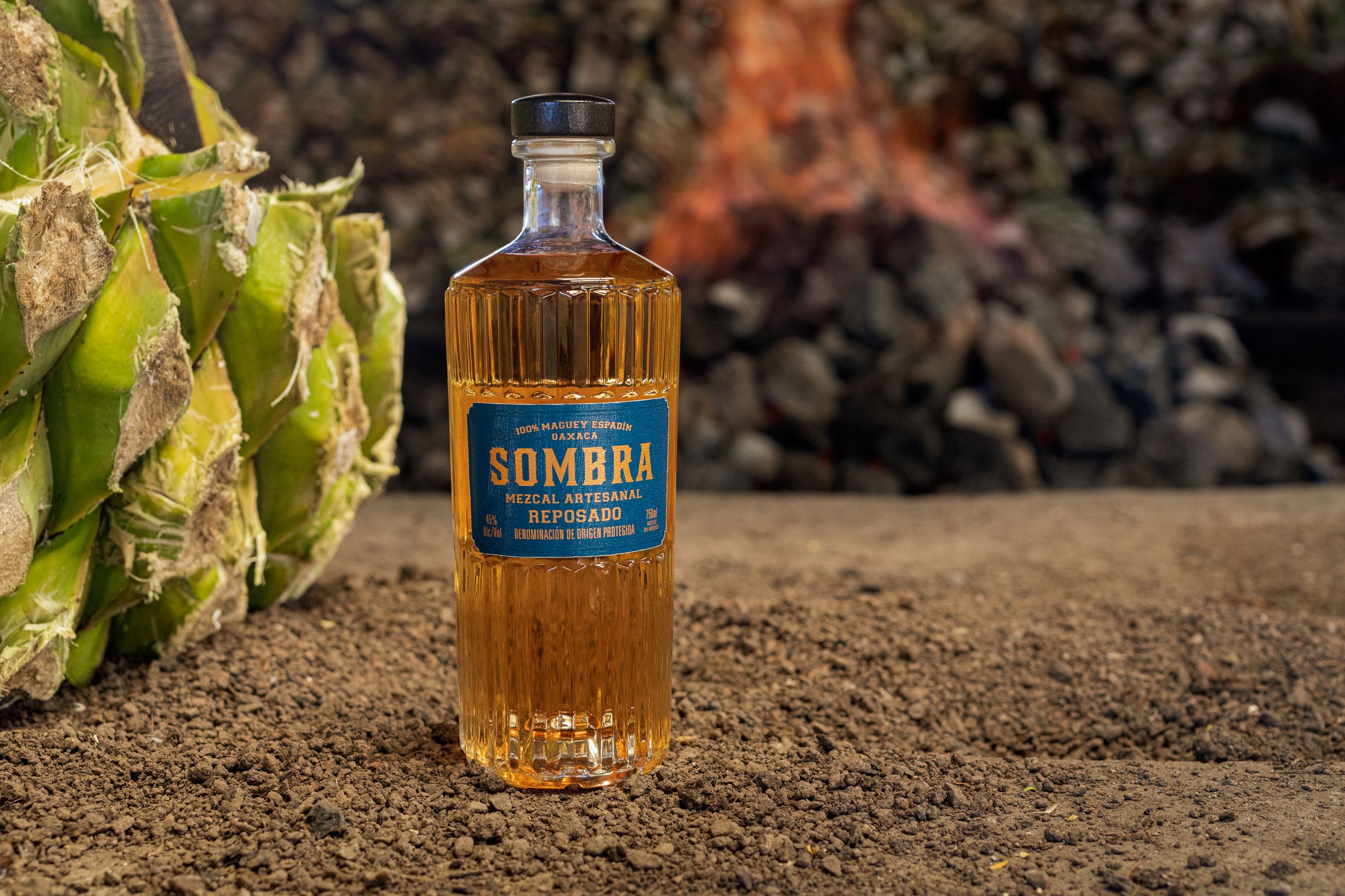
With major environmental commitments — most famously their Adobe Brick Project which upcycles waste from mezcal production into homebuilding materials — Sombra was named the Leading Sustainability and Environmentally Friendly Mezcal by the Mezcal Institute.
Sombra continues their innovation from sustainability to the bottle with Reposé — an Espadín mezcal aged at least 6-months in Château Léoville Poyferré wine barrels. The connection with the 100-year-old Bordeaux estate vineyard should not be surprising given Sombra was launched by a sommelier. The first-of-its-kind Bordeaux-aged reposado gains an eye-catching rose hue from the Limousin oak, and is just hitting shelves this month. $52
Amarás Cupreata
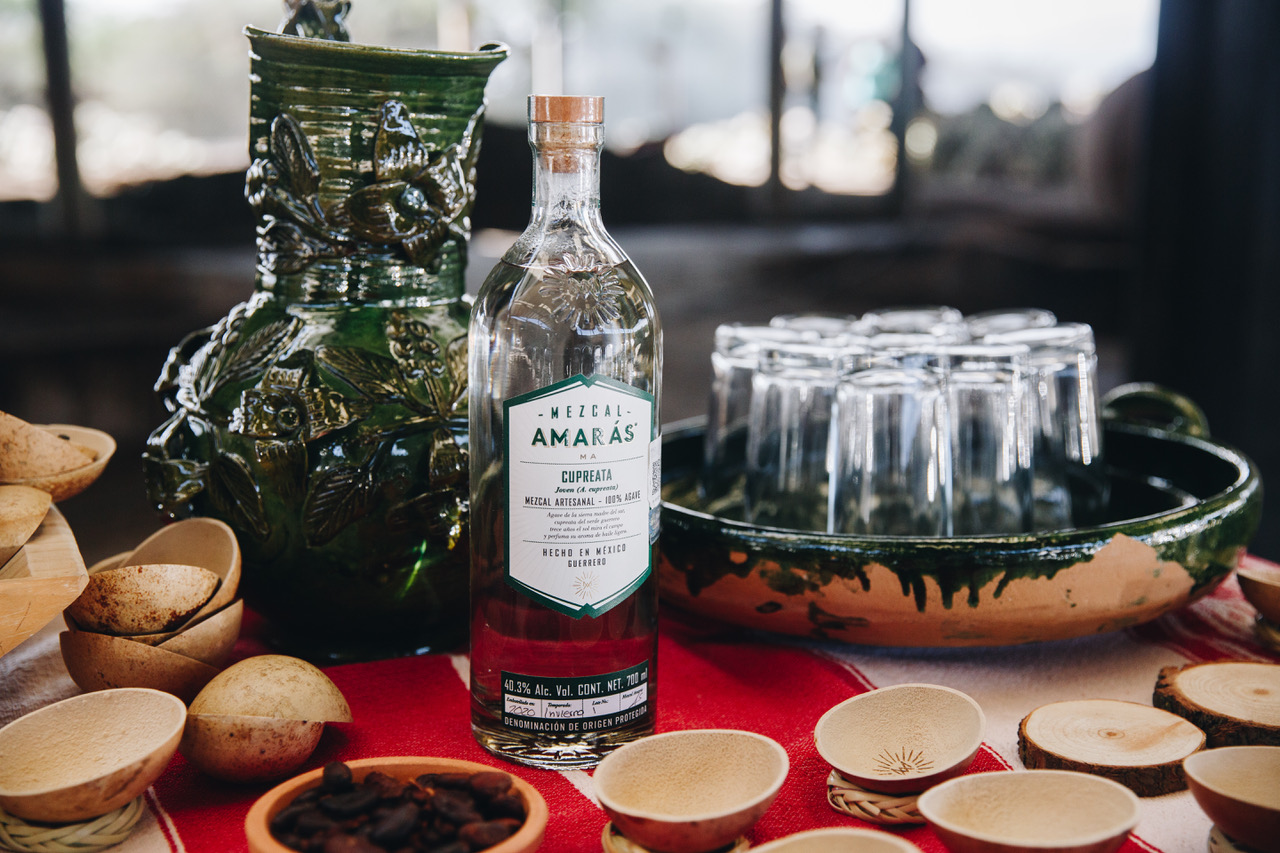
Just awarded Double Gold and Best of Show in the San Francisco World Spirits Competition, the Amarás Cupreata expression gains uniqueness from its little-used source agave. Requiring a minimum of 13-years to reach maturity, the silvestre (wild grown) Cupreata agaves are harvested from the highlands of Guerrero, mashed and fermented in open-air vats.
Amarás preaches very strict sustainability standards including replanting, using organic processes and signing fair price pacts with mezcaleros, all critical when dealing with rare agaves — especially at this surprisingly approachable price. Expect gentle notes of pumpkin seeds and cacao on the nose, with bright herbaceous flavors and a mineral finish. $62
Real Minero ‘Pechuga’ Artesanal
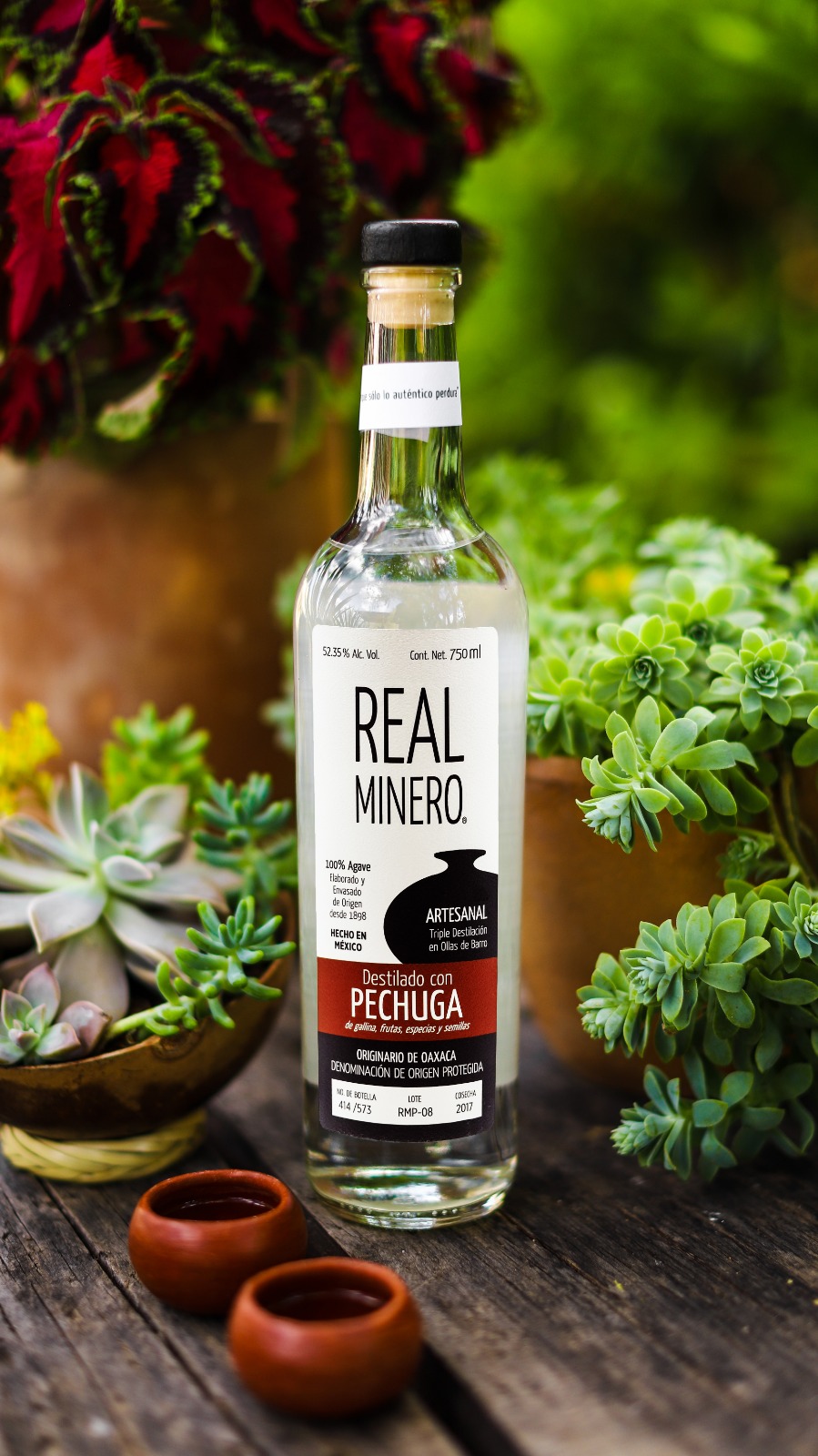
From one of the most respected mezcal producing families in the world, this Pechuga is perhaps the Angeles Carreño’s most famous mezcal. Real Minero is a family-owned brand originally sold locally in only two small rural stores. While the late Don Lorenzo produced mezcal, his daughter Graciela Angeles Carreño was out earning her PhD and actively building the brand in Mexico City and beyond, aiming to reach a much broader market.
Since her father’s passing in 2016, brother Edgar Angeles Carreño took over the role of maestro mezcalero, becoming the fifth-generation palenquero. Real Minero’s growth (slowly doubling production from 4,000 liters annually to 8,000 liters in 2019) has allowed them to construct a local library where before there was none, and develop the most extensive and biodiverse agave nursery in Oaxaca. This Pechuga is Edgar Angeles Carreño’s first single edition expression coming to the US market, with only 392 liters at 53.09% ABV.
The Pechuga is usually the most celebrated offering from any palenque, as the mezcalero takes all the surplus from the local farmers’ harvest (think everything from wild apples and guava to cinnamon and red plantains) and throws it in the still, while hanging an entire chicken above it. As the hot alcohol vapors rise they soak the chicken, dripping its juices back down into the still and adding a surfeit of wild flavors to the alcohol.
Almost any Pechuga you try will be a mind-blowing experience — and Real Minero’s is among the finest. For this batch their Espadín is double-distilled in small, delicate clay pots, then distilled for a third time with wild pineapple, orange peels, apple, almonds, raisins, cinnamon, anise, prunes and white rice thrown in with a free-range chicken breast hanging above. “Rumor is that they prefer the hen to be widowed,” William Scanlan III of Heavy Métl Premium Imports shares, highlighting a perfectly odd/perfectly mezcal detail. $213
Rey Campero Espadín Lot: DS029
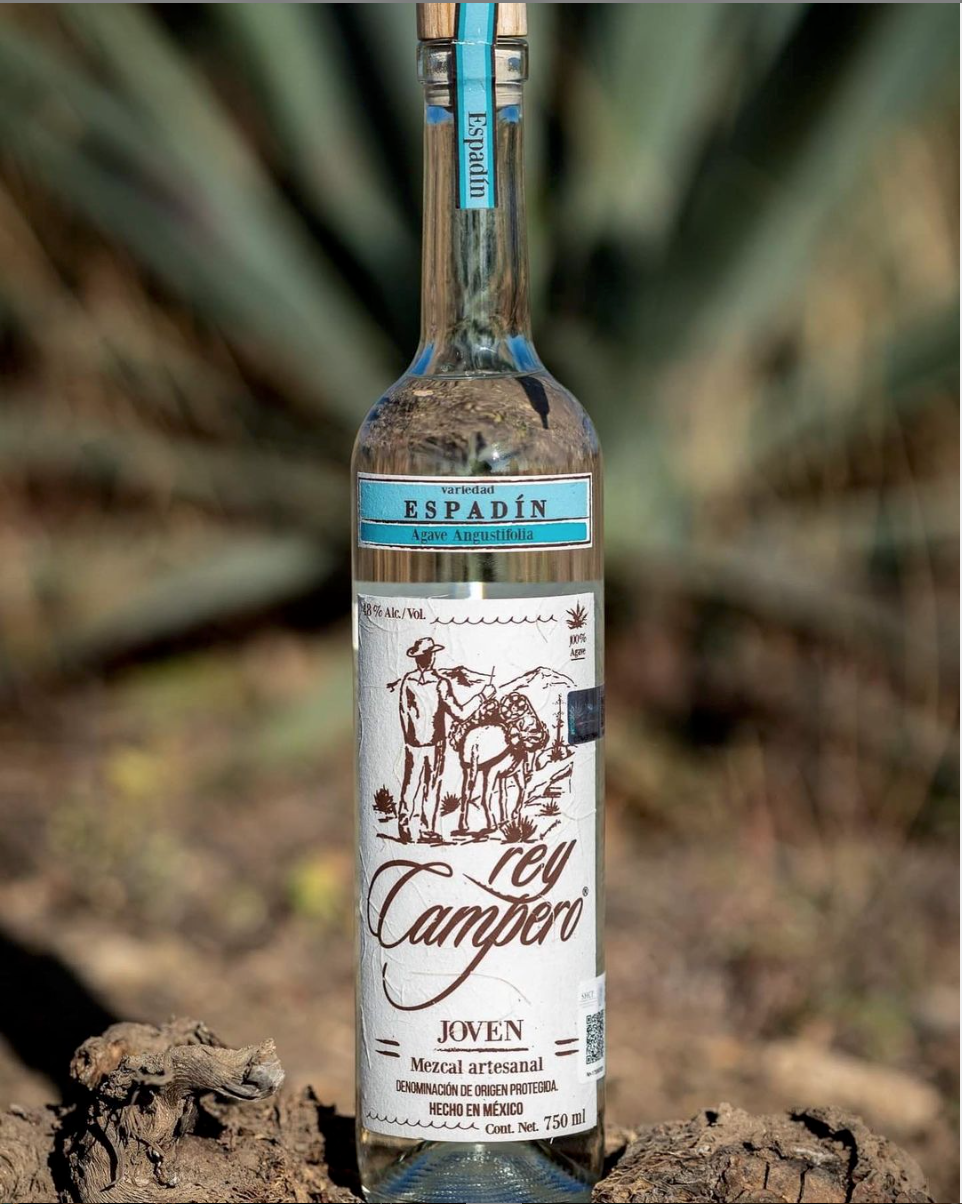
Next to Real Minero, Rey Campero is another artisanal label that sends agave connoisseur hearts fluttering. It all dates back to 1870 when the current maestros’ great-great Grandmother Clara first created the palenque. Fast forward to 2013, brothers Romulo and Vicente Sanchez reverse migrate back to Candelaria Yegole to join their father Tio Ramiro to help transform Rey Campero into a commercial enterprise.
Unsurprisingly given the somewhat steep cost of quality mezcales, one of their least expensive bottles sells the fastest: Espadín. Yet this particular batch from August 2019, Lot: DS029, stands out and is worth seeking out by batch. “I would give a finger or two to see what was blooming or growing when this bad boy was made,” importer Philipp Detscher tells us. Unexpected notes of cantaloupe and honey make this batch a very unique Espadin (48.5% ABV). $50
Chacolo ‘Chancuellar Vol. 9’ (A. angustifolia) Capón 3 Years
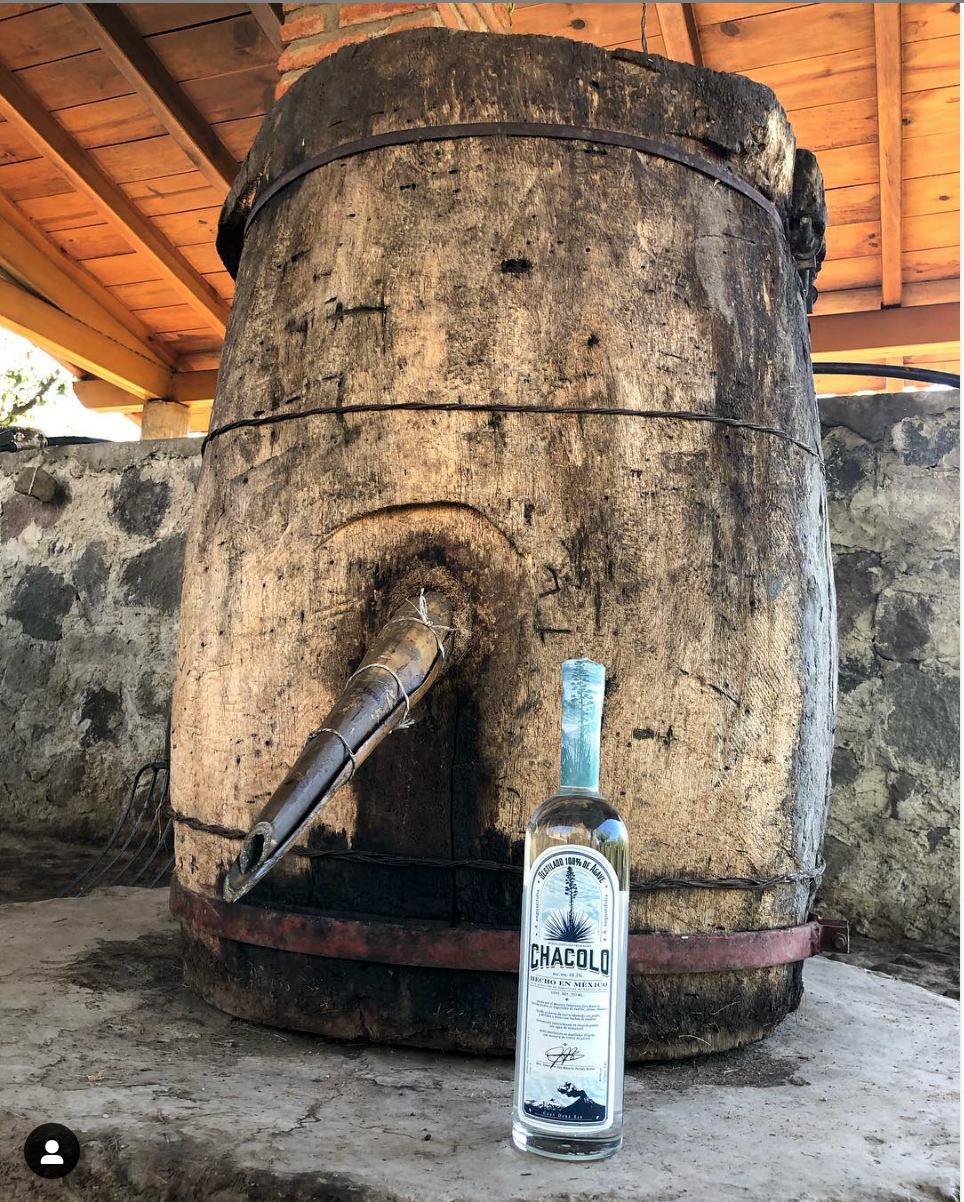
The familia Partidas’ Chancuellar is one of twelve different A. angustifolias (commonly referred to as Espadín) growing on their property in Zapotitlan de Vadillo, Jalisco, boasting the largest collection of different Angustifolia subspecies known to exist in Mexico. The Chancuellar reaches maturity at approximately 10 years, and then they “Capón” it for an additional 3-4 years — practicing an unheard of patience as most agaveros (agave farmers) in Oaxaca capón for 6 months to 2 years, though even that is rare these days.
When the plant matures and shoots up its quiote stem to flower sexually, the agaveros castrate the plant by cutting that stalk. This means more flavor in each piña as the plant refocuses all the energy and sugar back into its heart. Add artisanal processes like hand-milling, exceptionally long fermentation times in underground volcanic rock wells and distilling in hollowed-out Parota tree trunks and you have a truly unique mezcal with the most artisanal of roots. This highly limited (only 41 liters) high-powered (46.80% ABV) “Chancuellar Vol. 9” private batch is available only at Old Town Tequila. $149.99
Ilegal Joven Margarita Kit
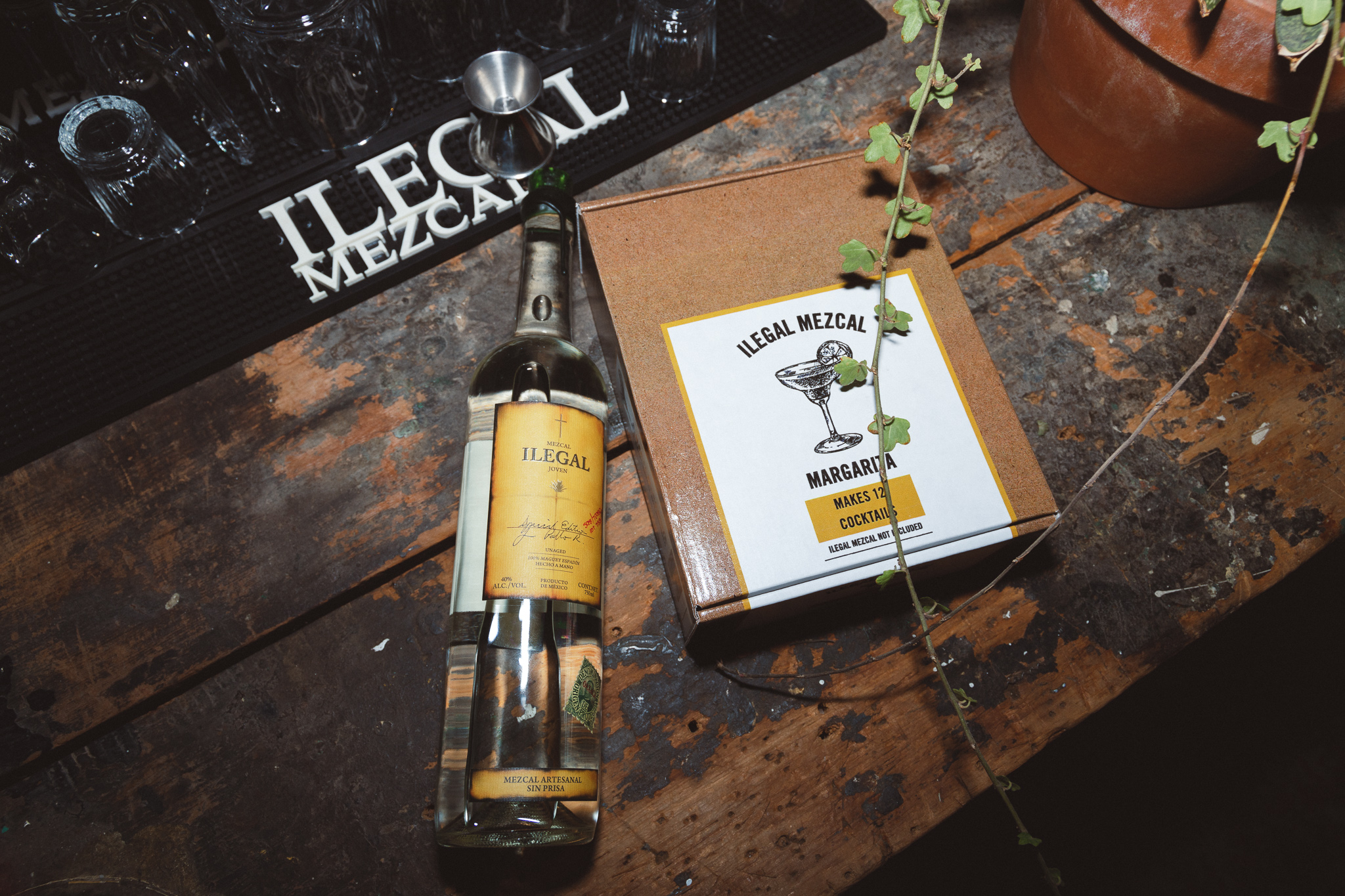
After Del Maguey, John Rexer’s Ilegal label was among the early second-wave of mezcales that helped introduce the spirit to America. It all began when Rexer fell in love with mezcal in the 90s and began illegally smuggling bottles to his bar in Guatemala, earning the name of his brand.
Now for Cinco de Mayo Ilegal was considerate enough to assemble a Margarita Kit for easy home mixology, collecting everything you need (e.g. cold-pressed crystallized lime juice, spicy salt, agave syrup and even a measuring cup) to make 12 cocktails at home… or office or tree fort or wherever you spend your hours these days. While they also have a Reposado and Añejo kit, we recommend the Joven. $57
Going Going…Gone by Del Maguey
Founder Ron Cooper and his esteemed Del Maguey label is rightly credited with introducing and spreading the Gospel of Mezcal throughout the United States. But this spring it’s not so much about what is new at Del Maguey as what is perishing — disappearing from the market never to be seen again. For different reasons three of their beloved bottles are vanishing forever, so here’s your last chance to grab one before they ride off into the Mexican sunset forever.
Del Maguey Azul de San Luis del Rio
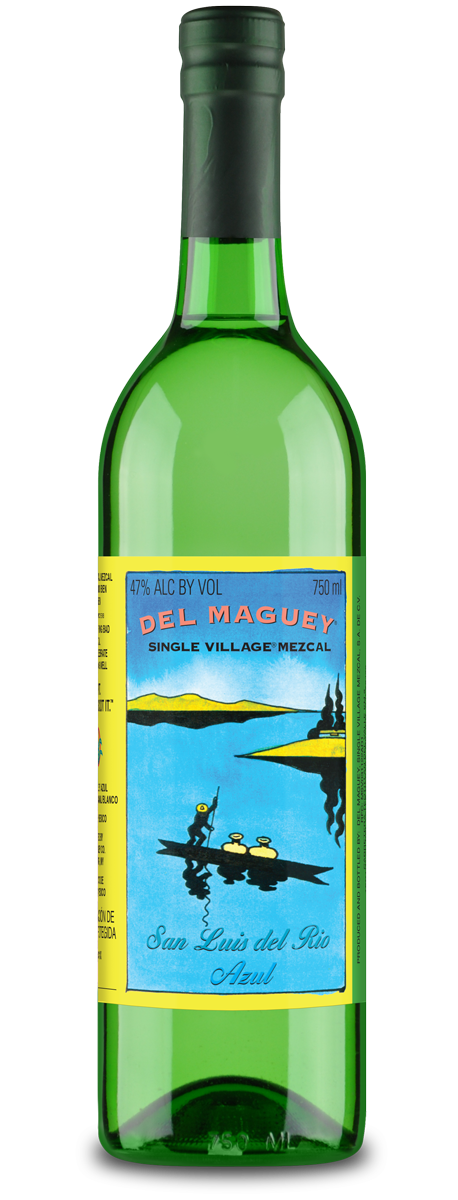
One of the most tragic aspects of tequila is how its production has been industrialized across Jalisco. It’s a fate Mezcalerati everywhere pray to the Agave Gods to avoid. But there are ways to taste how ancient tequila used to be made — with all the dirty boots/scuffed denim artisanal care that makes mezcal so special. Del Maguey’s Paciano Cruz Nolasco, among the most respected producers in San Luis del Rio, hand-crafts this Azul with all the care he gives to his other spirits — except he uses Blue Weber, the plant used in tequila production, providing agave aficionados the rare opportunity to experience Blue Weber through the lens of artisanal Mezcal production.
“The first time I tried this, I couldn’t believe what it was,” Del Maguey’s Global Mezcal Advocate, aka ‘Maguey Geek’, Steve Olsen tells me about this unexpected treasure. “Ron [Cooper] got so excited he yelled: Oh my god, we need to make this!, so we did.” Nolasco brewed some 2,000 cases between 2011-13 and never made it again, so now we’re on to his very last batches. $111
San Pedro Taviche
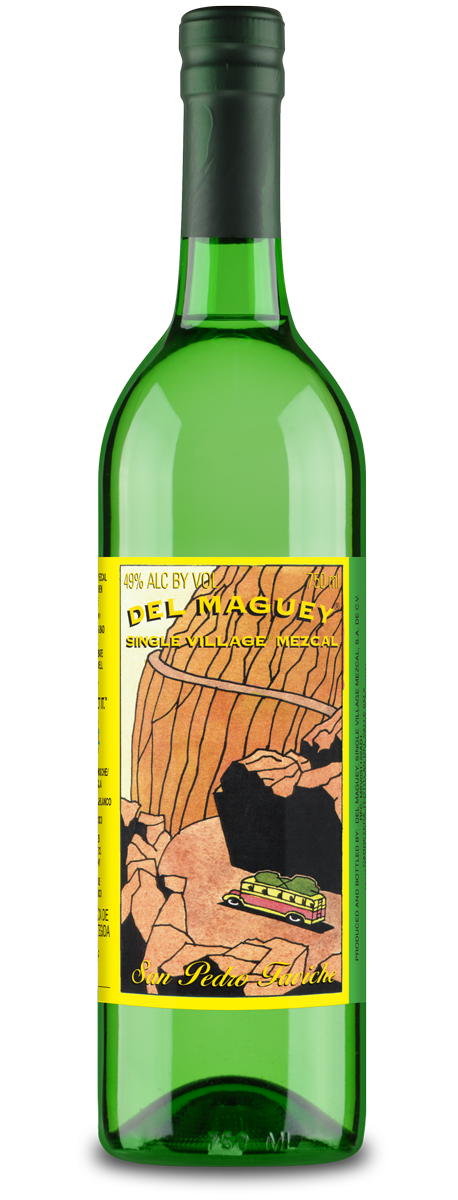
The problem with relying on a magical artform passed from generation to generation is you need someone to pass the spells along to. For Del Maguey, they lost one of their best mezcaleros when San Pedro Taviche’s Don Beto Hernandez retired last year — when the wizard retired, the magic retired with him. This particular expression named after his village is a representation of the very traditional style of mezcal production known as Mezcal del Campo, or field blends.
Each batch of a Mezcal del Campo is a unique variety of the ripest of the local wild agaves, in this case Espadín, Tobala and Tobasiche. Olsen reveals that when Ron Cooper first tried it he immediately commissioned it from Don Beto, but the mezcalero shrugged and said, “Oh sorry Ron, we don’t have any left — we drank it all at the fiesta!” It’s this sort of caring for the pueblo first and foremost that keeps the agaves sustainable: mezcaleros make mezcal for their pueblo, and pueblo is their patron — and therefore don’t overharvest or poach the wild agaves. After nine years of making this Mezcal del Campo in a mountainous corner of Ocotlan, Oaxaca, the production ends. $140
Espadín Especial
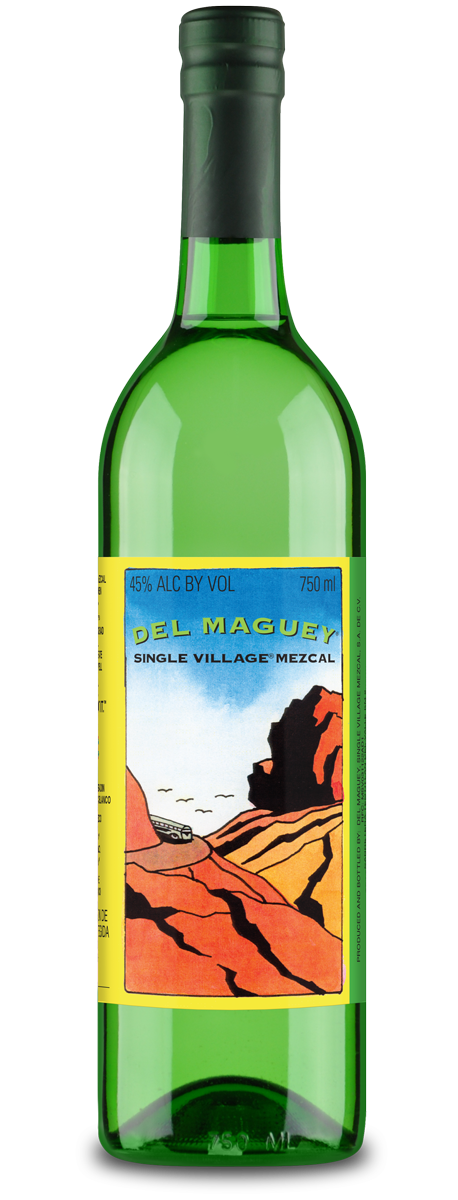
Del Maguey first released Rogelio Martinez Cruz’s Tobala expression in 1997, and for years that’s the only single estate mezcal they made with him. Then a group of connoisseurs, educators and bartenders visited his Palenque and had the chance to sip Don Rogelio’s Espadín, fell in love, and all pleaded with Cooper to release that expression as well. So Rogelio made a little Espadín for Del Maguey’s Mezcal del Campo, released only one time as Espadín Especial. But from now on he will be focusing on his wild agaves (Tobala, Tepextate, Jabalí and Cuixe); if you can find it, Espadín Especial bursts with floral notes of vanilla, butterscotch, citrus and a tropical pineapple. $96
Sotol
Sotol is distilled from the wild-grown “Desert Spoon” plant, or the Dasylirion genus. Because it’s not an agave — more closely related to asparagus, actually — Sotol is technically not a mezcal, but the processes of distilling run parallel. Earning its own proper appellation of origin in 2002 Sotol can only be produced in the northern deserts of Chihuahua, Coahuila and Durango where the spiny pom-pom-like plant grows, requiring around 15-20 years to mature. And because it’s not as famous as its agave brethren, prices are temptingly approachable.
Sotoleros Mario & César, Lot 5
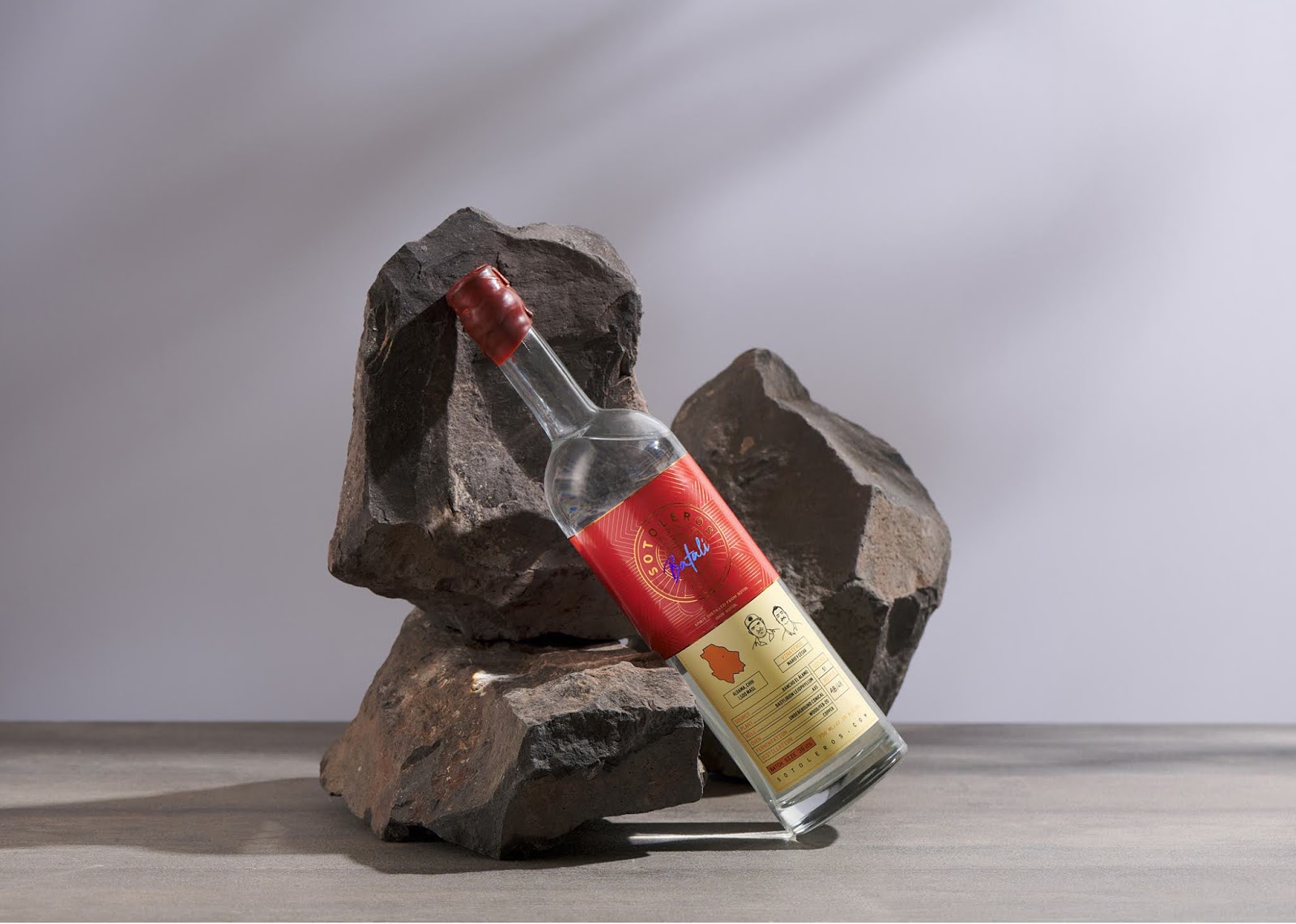
Sotoleros is a brand comprised by traditional Viñateros (think “mezcalero” but for sotol) from Northern Mexico who normally work on their own but sometimes collaborate with other maestros. These spirits are produced in micro-batches that range from 40 to 200 liters and boast their own distinct terroir reflecting the soil, vegetation and weather of every community where it is made.
A tiny batch (just 120-liters) high-powered (49.46% ABV) Sotol for the heads, Sotoleros Mario & César is made by Mario Arrieta and César Pacheco in Aldama, Chihuahua. Hand-milled by axe, cooked underground in conical earthen ovens for for 2 to 3 days, fermented in buried pine wood vats for a week and distilled in wood-top copper stills at their Rancho El Álamo, brand owner Ricardo Pico promises a spirit that holds true to the region — the result of decades of tradition, effort and passion.
“This is a story of survival, the story of traditional spirit makers in Northern Mexico. They represent the craft, art and culture of their land,” says Pico. “These Viñateros have preserved these recipes throughout generations, dealing with persecution and adversity. The story of northern Mexican spirits encompasses sotol from different terroirs from the mossy forest all the way to the dry desert. Older and new generations are the bond between the past and future of this once prohibited and obscure practice.” $100
IZO Sotol
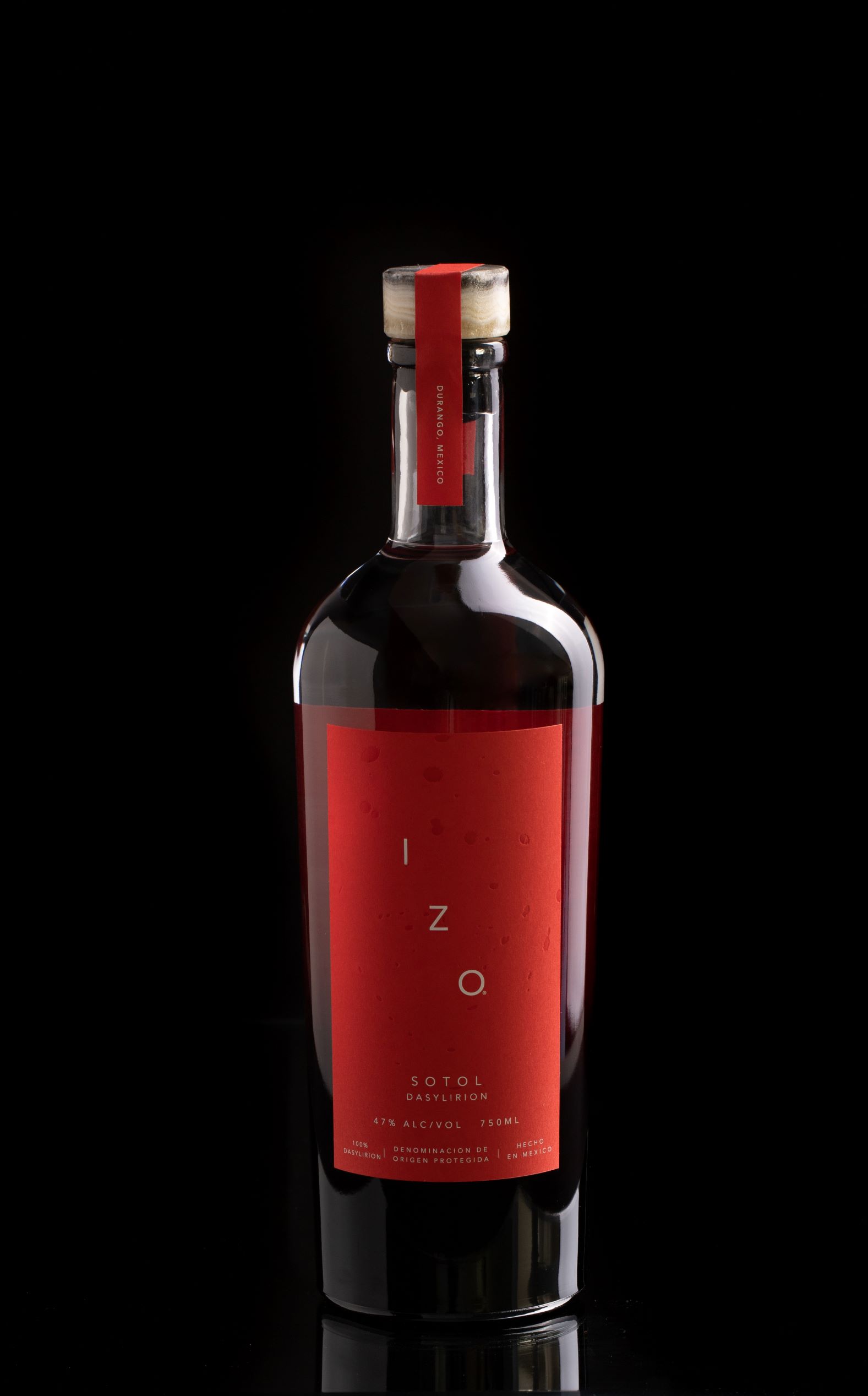
While relatively young brand, IZO came out of the gates eager to represent both tequila and mezcal, and have now added a Sotol and Bacanora to their quickly expanding portfolio. Harvesting their piñas from the heart of rural Durango, the homestate of founder Gaston Martinez, IZO’s take on the ancient spirit aims to keep a traditional take on the ancient spirit. $75
La Higuera ‘Dasylirian Wheeleri’ by Gerardo Ruelas
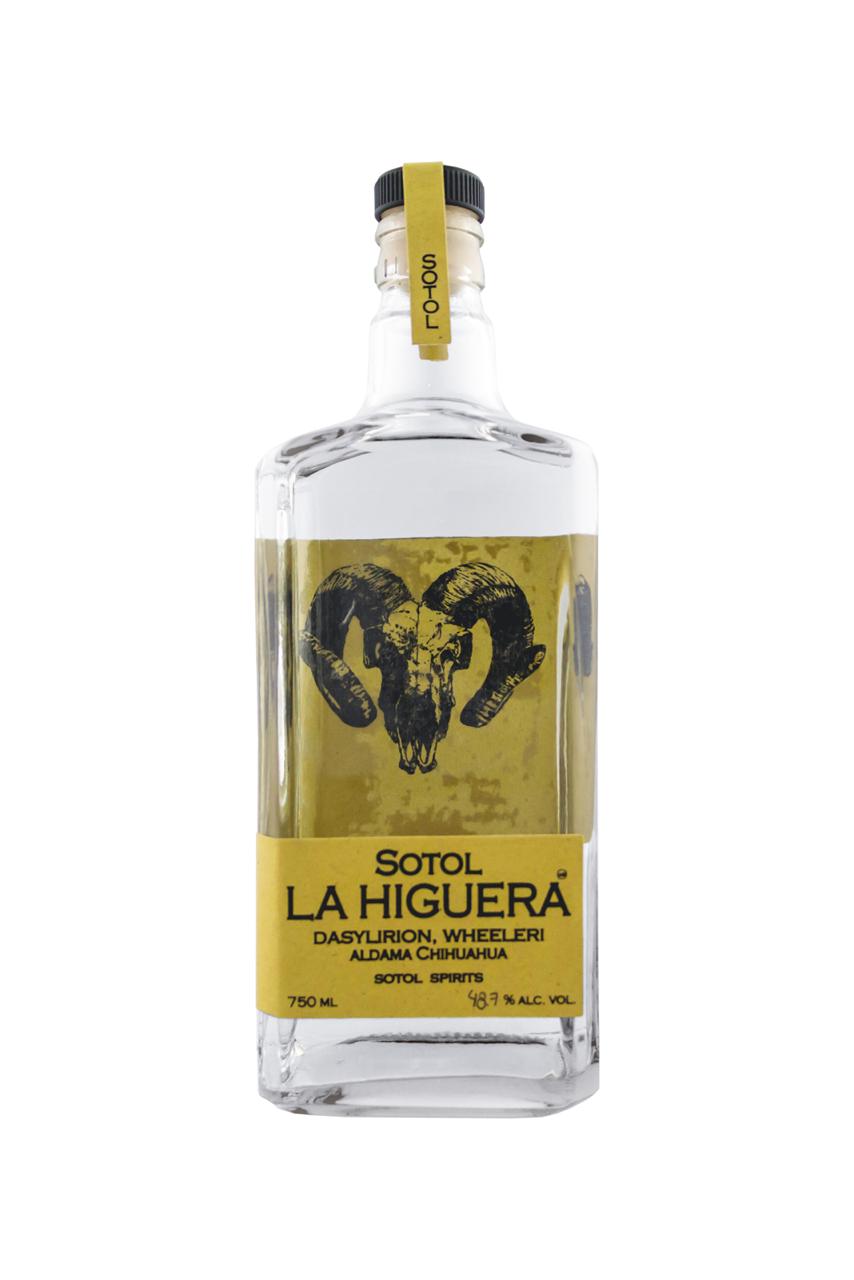
La Higuera was established with the stated mission to explore the world of Sotol and only Sotol. While there are about 20 species of Desert Spoon found in Mexico (and parts of southwestern USA), this first batch from La Higuera focuses strictly on the dasylirian wheeleri species. Sotolero Gerardo Ruelas cooks the plants in earthen pit ovens with black oak, then wild yeast ferments the mash with the agave pulp in 800-liter oak vats. La Higuera’s nose of yeast and sugar cookie quickly gives way to flavor notes of soil, pineapple and smoke. $40
Rancho Tepúa ‘Reserva Del Vinatero’
https://www.instagram.com/p/CMF7yssHvgm
Mezcal made in the northwest state of Sonora is known as Bacanora, of which Sotol is also included. For 77 years (1915-1992) it was illegal to make, so Maestro Viñatero Roberto Contreras had to stash his various secret stills throughout the 6,000-acre Tepúa ranch. Now that Bacanora is not only legal but encouraged, the 5th generation Bacanorero has elevated to one of the most esteemed producers in the state (his family’s original Cielo Rojo label was the first to legally import Bacanora here to the US).
As the family ranch is named after the ax used by the indigenous Opatas folk to harvest agave, you’d expect Don Roberto to apply traditional methods to his craft. You’d most certainly be right: Contreras roasts the palmilla with mesquite in underground pit ovens for 48 hours, ferments the mash with pristine spring water for 8-12 days, and then distills in both copper and stainless steel. The patience pays off in a mineral rich, smoky (thank the mesquite) juice that’s hard to forget. $100
